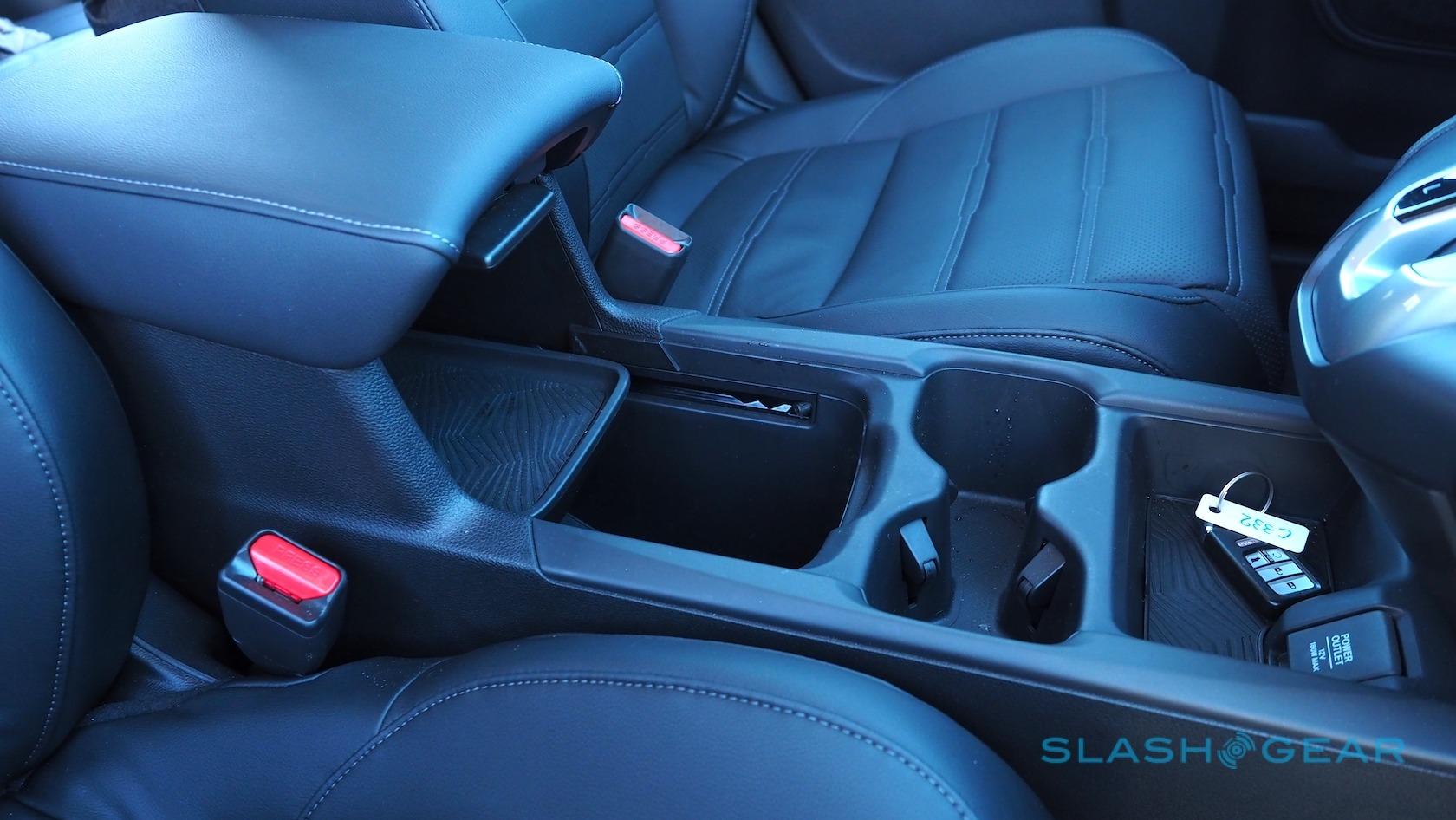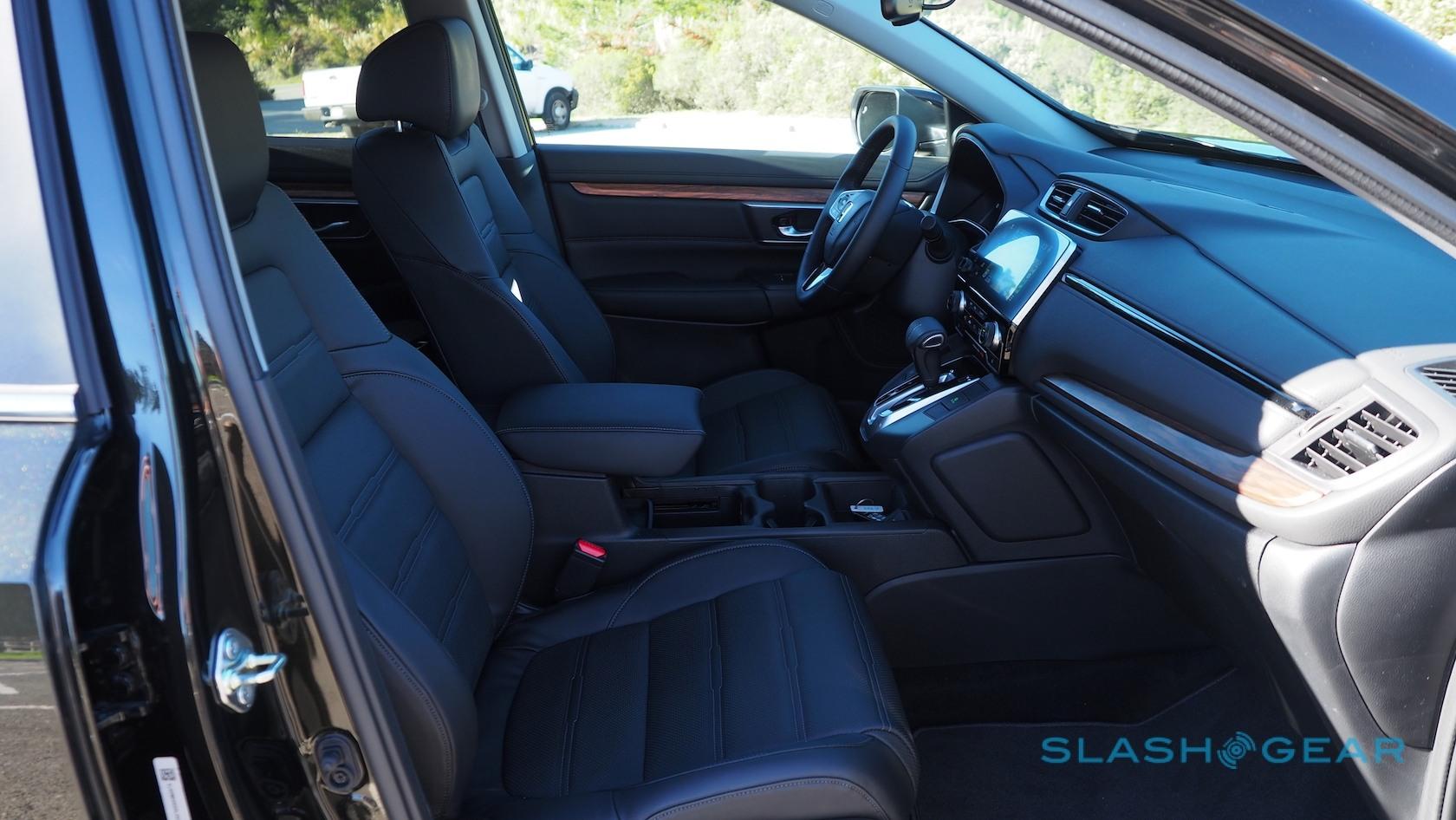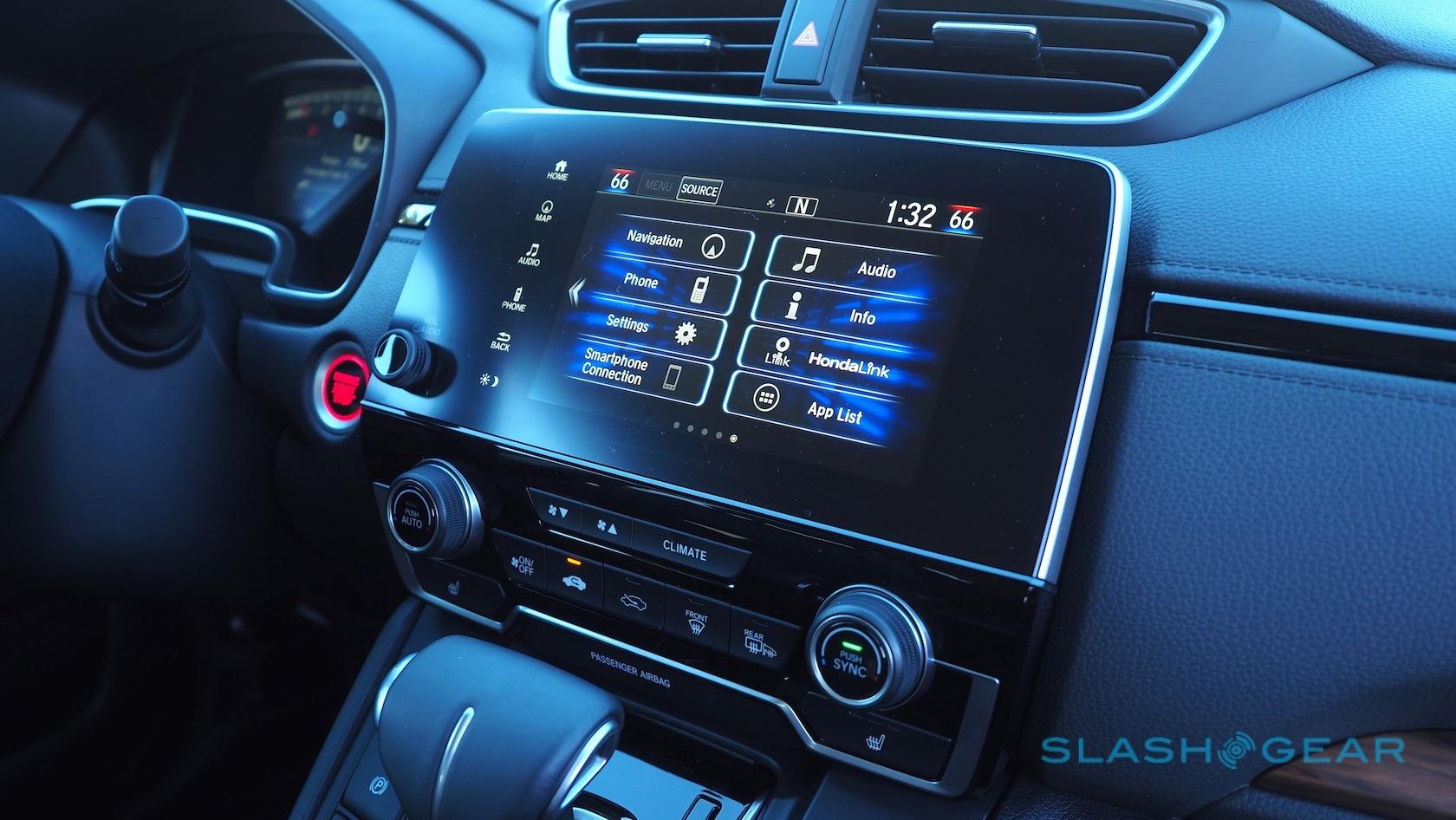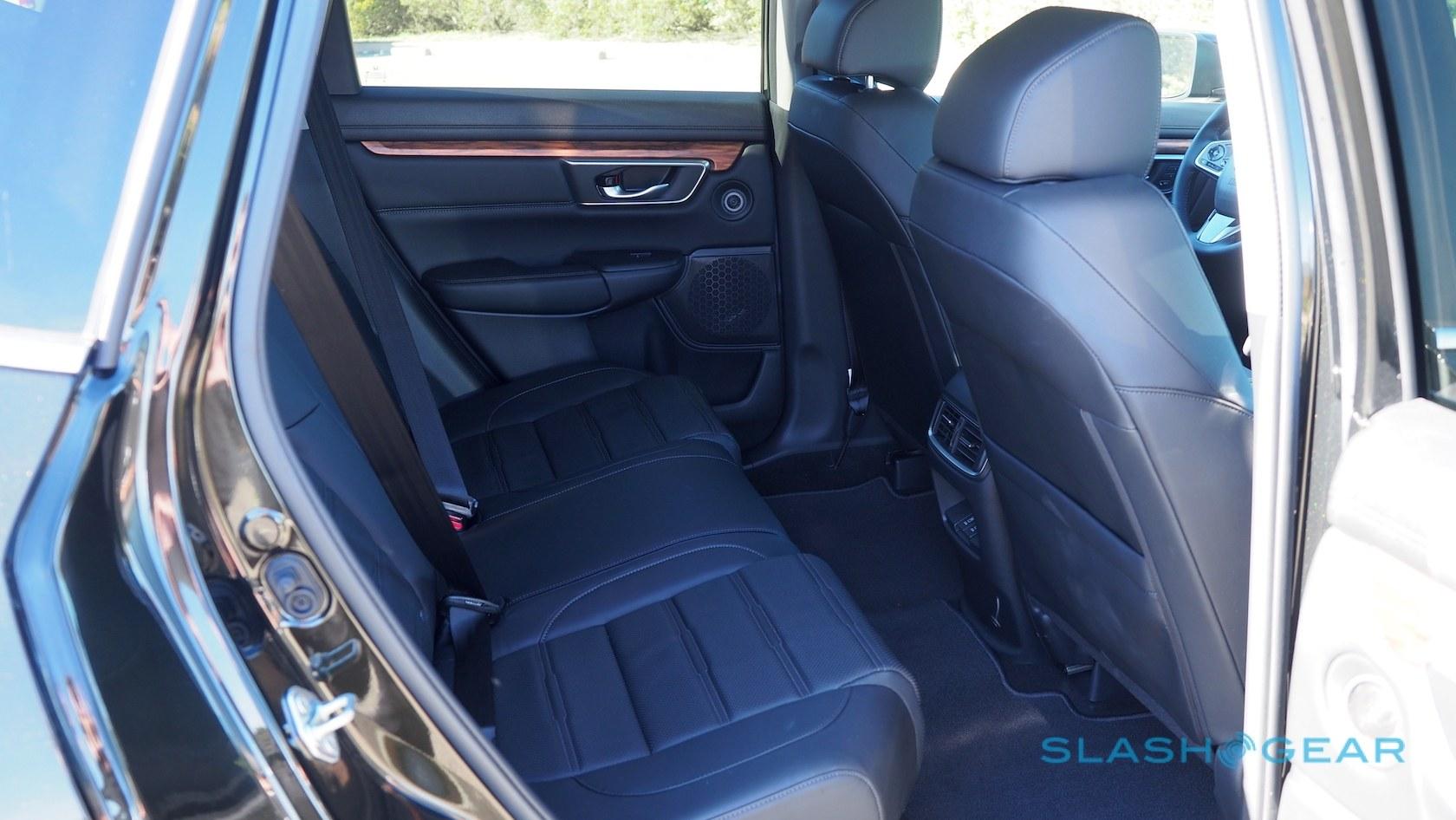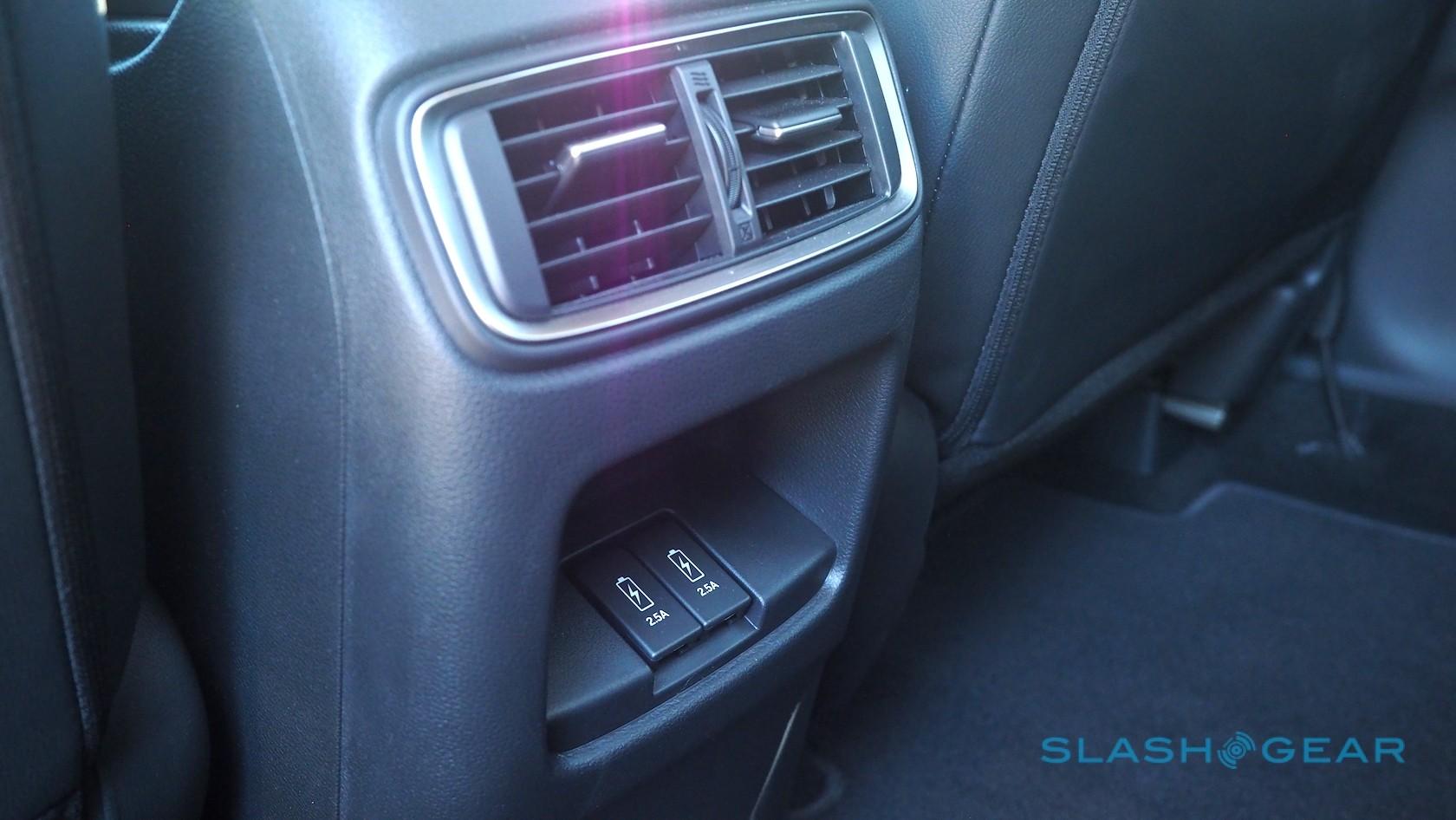2017 Honda CR-V First Drive: Are You Ready For "Beautility"?
To describe the CR-V as a success for Honda is to damn it with faint praise. Since its arrival in 1997, nearly four million have sold in the US. In fact, the CR-V is the country's top-selling SUV, and it helped Honda's truck sales go from little more than a rounding error to almost half of the vehicles moving off dealer forecourts each year.
When you're dealing with a product that delivers so much to your bottom line, it's easy – excusable, even – to be conservative with any changes you make. Honda, though, isn't shy on talking up the 2017 CR-V's strengths, suggesting its natural competition is now luxury class SUVs like the BMW X3. That comes with a full roster of buzzwords and catchphrases: if you demand "Urban Base Beautility" – a portmanteau of "beauty" and "utility" – from your compact SUV, Honda believes you'll find it in the new CR-V.
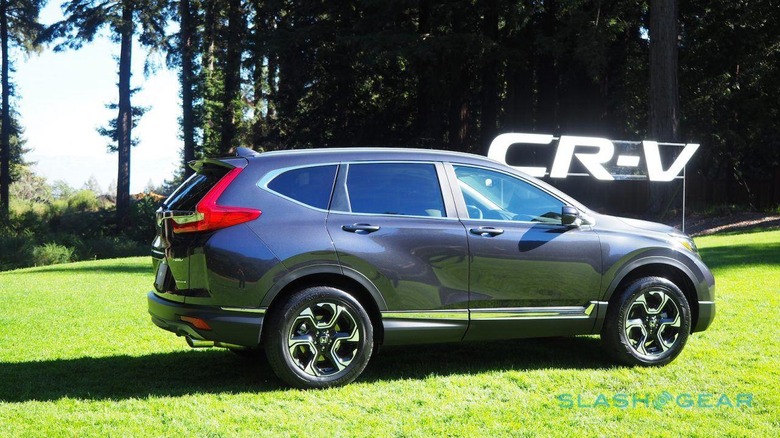
Few vehicles in this class are in fact legitimately beautiful, but the 2017 CR-V is at least handsome in a strong-shouldered way. Honda has beefed up the fenders and pushed the sides out to improve the visual stance, while LED daytime running lights and turn signals are now standard across all trim grades. Throw in the lashings of chrome and some rear lamp clusters almost dazzling in their over-complexity, and you have a compact truck that, if not something that shouts in the parking lot, at least isn't as conservative as the model before it.
The meatier stance isn't all visual trickery. Honda has increased the width – up 1.4-inches to 73-inches total – and added half an inch to the height, while the wheelbase grows an extra 1.6-inches. Yes, it'll be a little tougher to park as a result, but you feel the benefits inside.
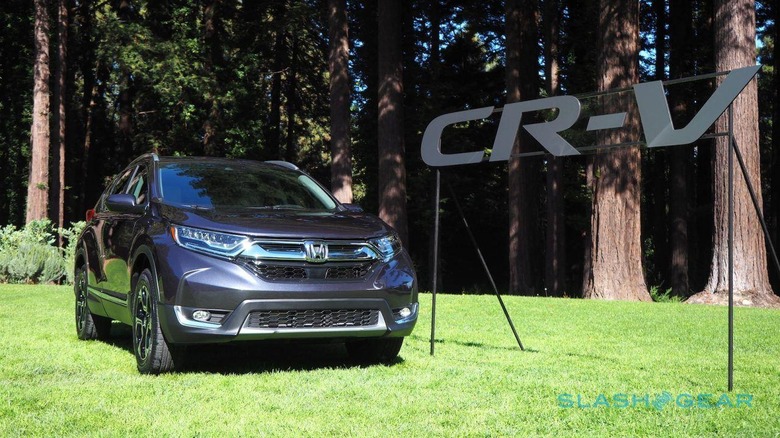
With 2.1-inches of extra legroom in the rear, it's positively spacious back there. Fold those rear seats down – something which now involves a single motion and leaves a flat surface – and you find an extra 9.8-inches of cargo area length. The floor itself can be set in two positions: either flat, to allow objects to slide in and out more easily, or recessed, leaving a lowered bin that helps avoid your groceries slipping around. A power tailgate can be set to stop at a custom height, depending on your reach and the height of your garage ceiling; on the top-spec Touring grade, you can open it hands-free by waving your foot under the rear bumper.
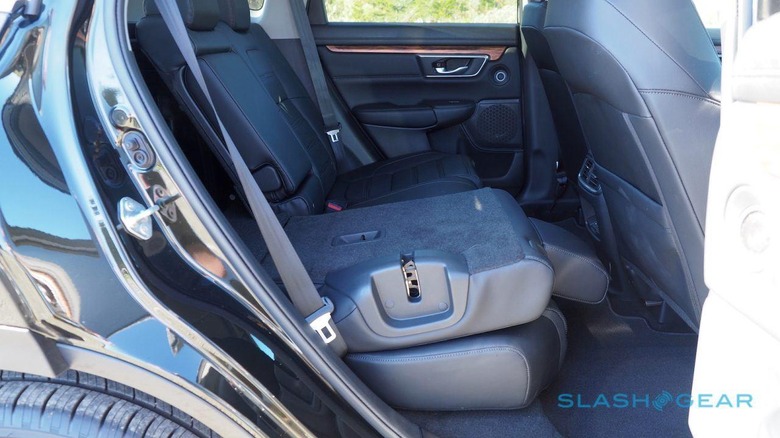
The thoughtful touches continue in the front. There's a vast cubby in the center console, with a moving tray that – unlike most such dividers you see on other vehicles – can be stowed at the bottom of the bin when not required. The cup holders have increased in size and are now side-by-side rather than one behind the other; Honda says that makes them easier to use.
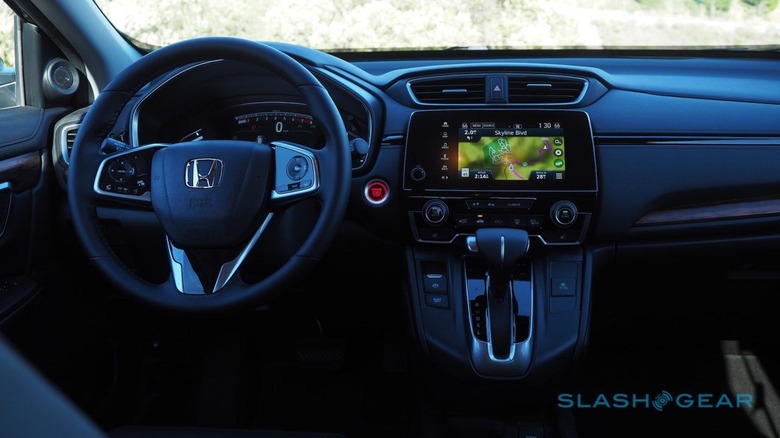
Bins in the doors have grown too, and can now fit a liter bottle of water or a full-sized tablet. Those in the rear get two 2.5 amp USB ports for charging phones and tablets, and there's another 1.5 amp port inside the center console up-front. Sadly there's no 4G internet or WiFi hotspot option, though all but the base trim get the new 7-inch DisplayAudio touchscreen infotainment system that includes a most-welcome physical volume knob rather than the fiddly touch-slider in the old car. Apple CarPlay and Android Auto are supported too.
On the road, the 1.5-liter engine remains the gem in Honda's line-up, and if you needed an excuse to avoid the base-spec LX then that model's 2.4-liter four-cylinder is ideal. Carried over from the old CR-V, it musters 184 HP and 180 lb-ft. of torque, but it's no match in refinement to the turbocharged version you'll find in the EX and above. It's tuned for 190 horsepower – 16 more than in the Civic – and 179 lb-ft of torque; while the latter may be less than in the 2.4-liter, it arrives much sooner in the power band, at 2,000 rpm versus 3,900 rpm.
Either way you get a continuously variable transmission (CVT) which Honda integrates with a torque converter. It also has what the automaker calls G-Shift, which basically means it mimics the driving characteristics of a traditional stepped-gear transmission. If you've found some CVT's to be uncomfortably reticent to respond to engine revs, G-Shift addresses that.
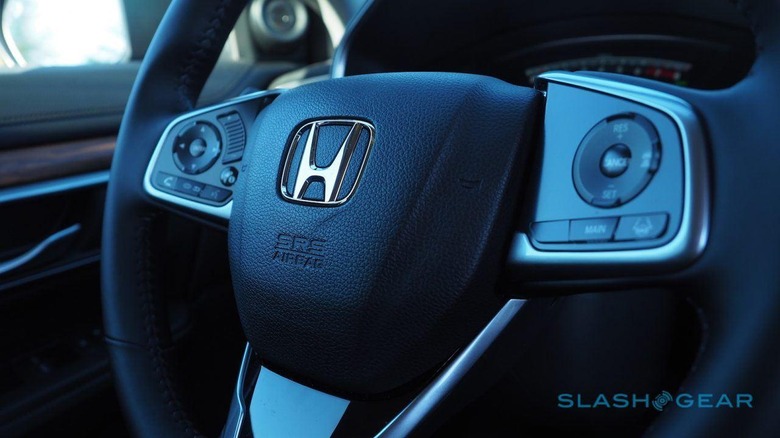
It's a smooth gearbox but not an especially sweet-sounding one; back-to-back with the outgoing CR-V, I thought the 2017 model's CVT actually sounded louder and a little less refined. Arguably you hear it more because the rest of the in-cabin experience is so comparatively quiet, Honda having put extra focus – successfully – on minimizing road noise getting inside. You don't get paddle-shifters either, which I can live without in a compact SUV, but neither can you knock the gearstick to the side and shift gears manually. It's an odd omission and only adds to the somewhat remote feeling the transmission suffers at times.
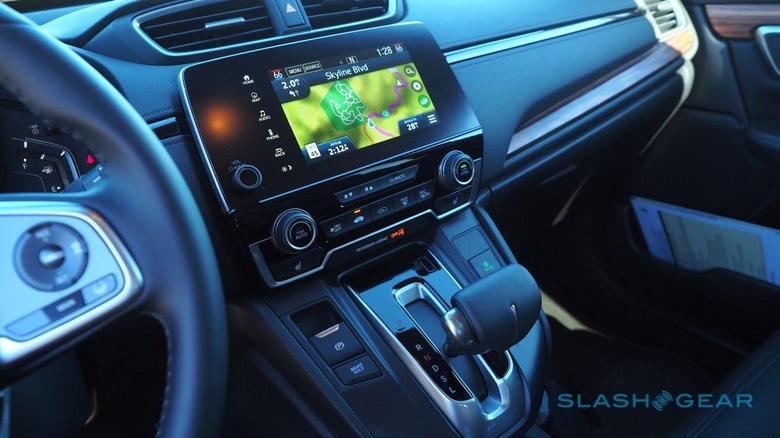
Nonetheless it's a blip in what's otherwise a smooth and comfortable compact SUV. The low-down torque from the turbocharged engine makes cruising a doddle, with plenty of overtaking grunt, while the steering column has been stiffened and new fluid-filled suspension bushings help with poise and ride; lock-to-lock is now 2.3 turns rather than the 3.1 of the old model. Development leader Takaaki Nagadome was, notably, an engineer on the original NSX project, and though the CR-V isn't going to give a supercar any frights, it's still a darn sight more involving than most of its ilk.
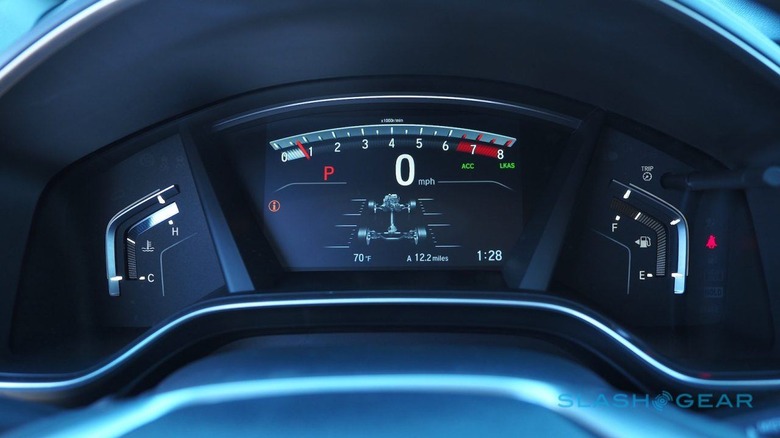
The new all-wheel drive system helps. Still an option, it can now push 57-percent more torque to the rear wheels, while being trimmed of weight. The CR-V's systems handle all the settings – there's no Snow or Ice mode to choose manually, for instance – though you do get a graphic in the driver's central display showing where the power is being pushed. Honda has increased brake size too, and added an electric booster to improve responsiveness.
The big benefit to the turbocharged engine, of course, is economy. Honda claims the 1.5-liter and CVT combo deliver the best fuel figures in the CR-V's class, with the 2WD coming in at 28 mpg in the city, 34 mpg on the highway, and 30 mpg combined. The AWD drops a point off each, at least in theory: in my own mixed driving, I saw 31 mpg combined.
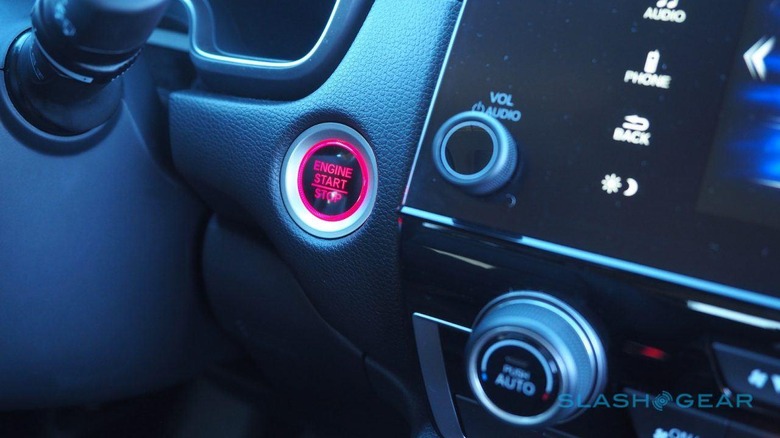
Honda's other push with the 2017 CR-V is around safety. For the first time, the CR-V dips into its Civic cousin's stability tech bag and adds Agile Handling Assist (AHA), which promises better ride and handling in situations like highway onramps and in traffic circles. A driver attention monitor tracks the frequency and severity of steering inputs to gage how alert you are, flashing up warnings, sounding buzzers, and eventually nudging the wheel to encourage you to take a break.
All but the LX trim get Honda Sensing as standard. The automaker's suite of active safety aids was offered on the old CR-V, but for 2017 the package adds road departure mitigation with lane-departure warnings, together with Active Cruise Control with low-speed follow. The blind spot information system now flashes up warnings lights in the side mirrors as other cars do, rather than alerts on the center display (which is still included on the LX). Cross traffic warnings trumpet an alarm if you're reversing into the path of an oncoming car in the parking lot.
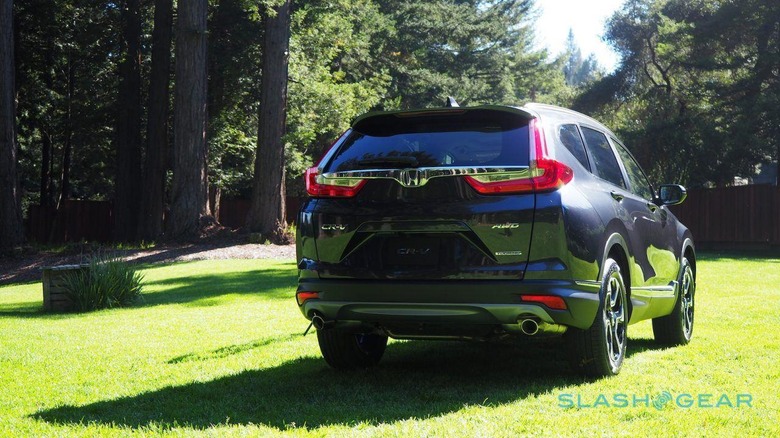
It was probably for the best, but I didn't get the opportunity to try most of the safety tech. Active Cruise Control works well – if the CR-V comes to a halt in traffic, a tap of the accelerator starts it up again – and I much prefer the new blind spot information system to the old approach. It's a shame Honda isn't including Honda Sensing on every trim, but it expects 75-percent of 2017 CR-V sold to come with the package.
That's despite only a $200 or so price increase over the outgoing SUV, at least for the base model. The 2017 CR-V LX kicks off at $24,045, but I suspect most people would be wise to cough up at least the $26,695 Honda is asking for the CR-V EX. Then you get Honda Sensing, the better infotainment system, better seats, and an audio system improvement to six speakers and 180 Watts. The top-spec Touring and EX-L get leather seating; the Touring along has the 9-speaker, 330W audio system with subwoofer.
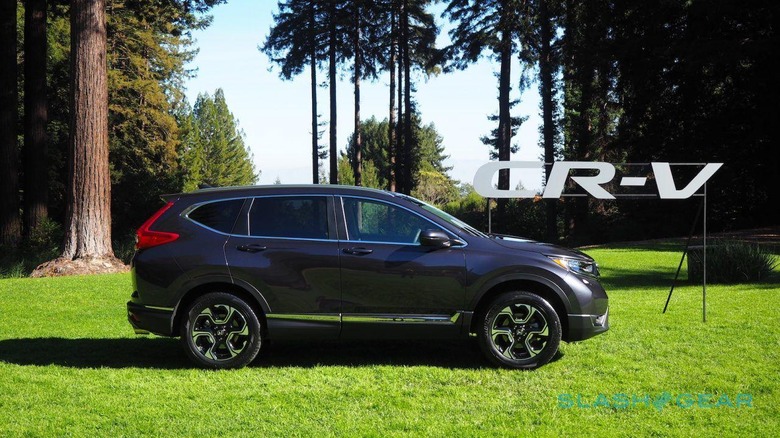
Honestly, I wouldn't have judged Honda too harshly had it played things safe with the 2017 CR-V. Instead, it paired an excellent engine with a much improved chassis, boosted both the amount and the usability of the interior space, and buffed up the design so that, while still not the most inspiring in its segment, at least avoids the dreaded blandness. The Honda badge is likely to be the biggest detractor in the automaker's mission to take on luxury SUVs, but if we're scoring on things like practicality, engagement, and even "Beautility" then the 2017 CR-V doesn't disappoint.

